Succulents definitely take a laid-back approach to life, requiring minimal care and keeping themselves well.
But did you know that they can even shut down over the winter months?
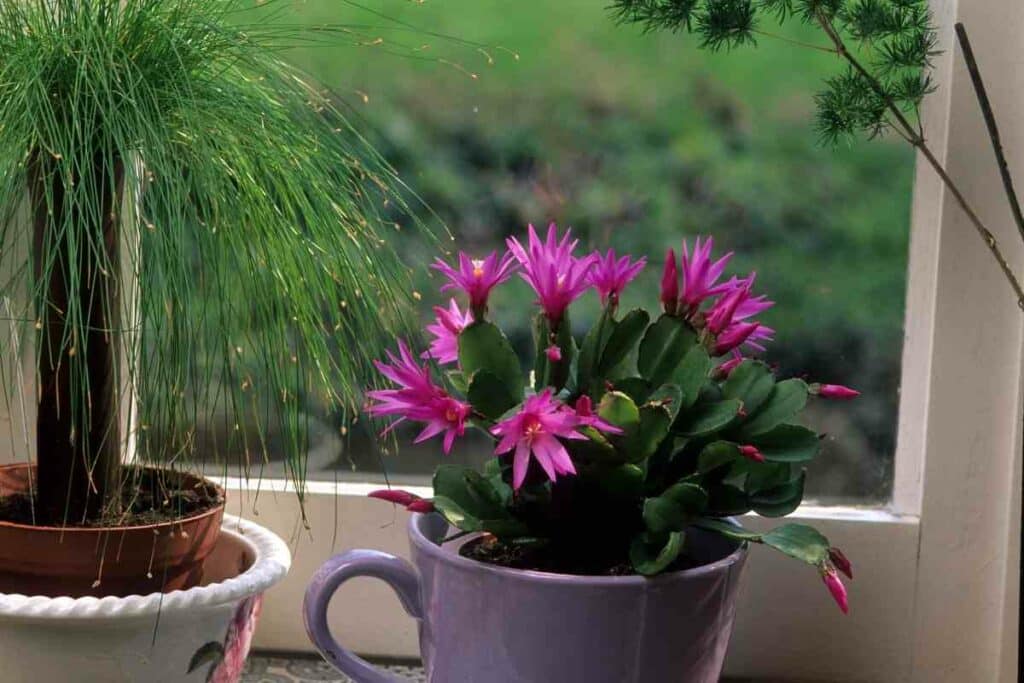
Learning the dormancy pattern of your succulent can help you make sure that they are not overfed or excessively watered and kept in the right conditions until they resume growth in the warmer month.
In This Short Guide – We’ll equip you with everything you need to know to recognize and manage dormancy in your succulents as well as winterize your plants so they are in tip-top condition for spring!
You may not have even thought about the growth pattern of your succulents
When amassing a collection of cute succulents that you love, the growth patterns of these plants may be the last thing on your mind.
It is important to remember that the growth of succulents is far from consistent throughout the year, with distinct phases where the succulent will increase or decrease its growth rate.
What is dormancy?
This is a period that your succulent enters when it stops growing and conserves its moisture and energy during adverse weather conditions.
Your succulent will put itself in hibernation mode by preparing its soft tissues for harsh temperatures and any potential shortages of nutrients.
Dormancy is not just for winter
It is important to remember that dormancy in succulents is not just in the winter months.
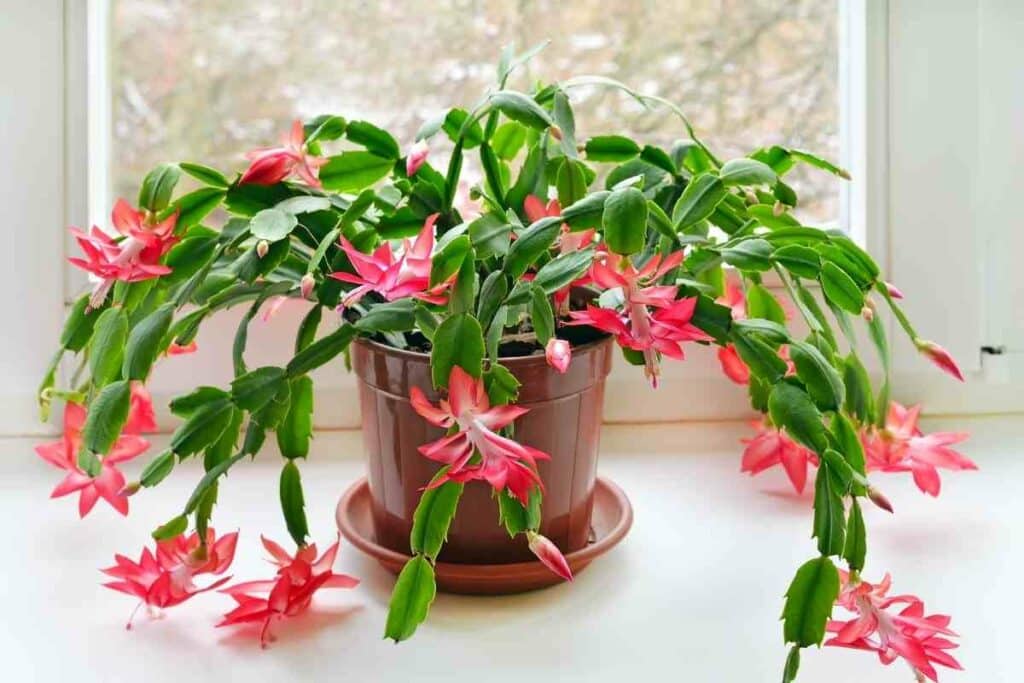
This biological standby setting is all about the plant surviving harsh conditions. This means that some succulent species will enter dormancy in the summer too.
This is because, in their native environment, harsh summer sun could destroy a metabolically active plant, so succulents are always ready to hedge their bets and enter dormancy if stressed.
Dormancy is generally determined by the climate where the succulent is grown
Conditions on the ground are the primary determinant of dormancy in your succulents as they are opportunistic growers.
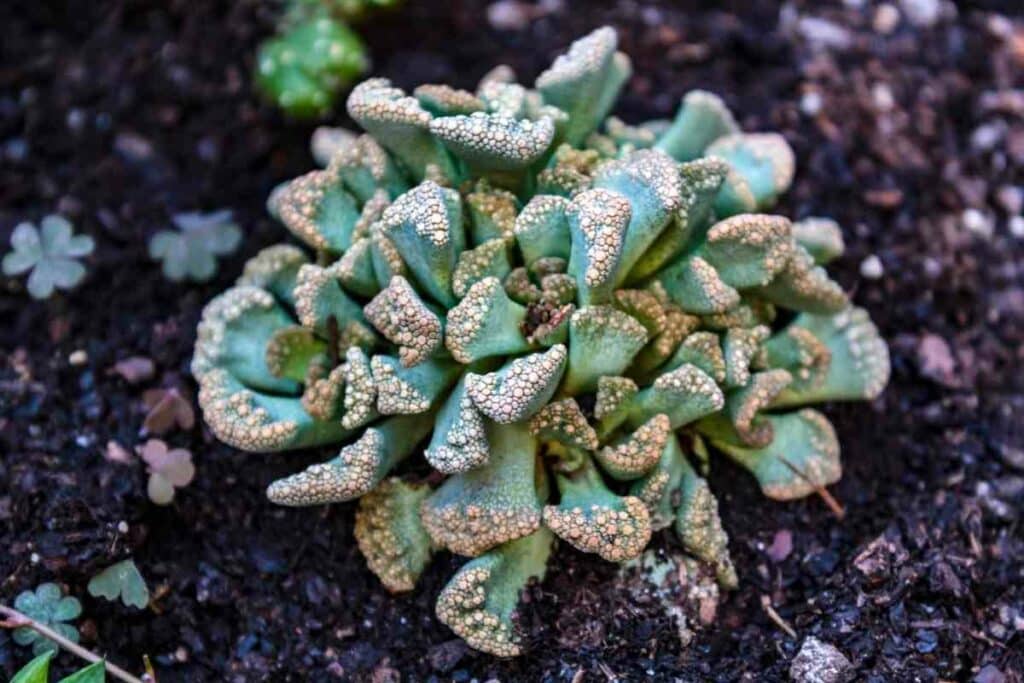
If your summers are temperate but your winter months are harsh and cold, your succulent will prepare for this with a winter dormancy period.
The extent of the dormancy will be determined by the duration and harshness of your local winter.
If your succulent is indoors, it is unlikely it will experience a marked dormancy period
The consistent conditions of a heated and air-conditioned home make it unlikely that a succulent will feel the need to shut down.
This means that unless the plant is in an unheated space, everything can continue as normal as you lavish your TLC upon it!
Winter dormant succulent species
Here are some well-known examples of succulent species that enter winter dormancy.
These plants grow most during the spring, summer, and fall.
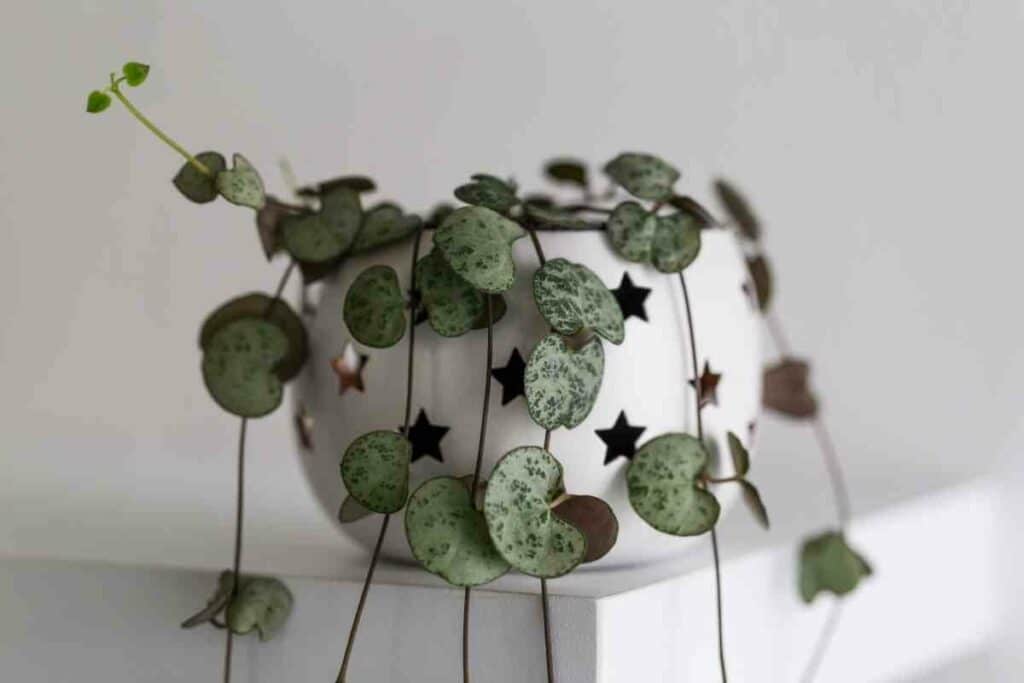
Once temperatures dip below 40 degrees Fahrenheit (4 degrees Celsium), these plants will start to shut down.
If you own these succulents, you can expect them to grow less from the end of fall to mid-spring:
- Adenium
- Agave
- Ceropegia
- Echeveria
- Euphorbia
- Ferocactus
- Mangave
- Opuntia
- Pachypodium
- Pedilanthus
- Rhipsalis
- Schlumbergera
- Sedum
- Sempervivum
- Tillandsia
- Titanopsis
Considerations for getting your succulent through a winter dormancy
Succulents simply need more mindful care during the winter period.
There is no need to kick up a fuss, just remember that your succulent is not going to grow as much and will need protection from very cold temperatures.
Your plan of action will be easier for houseplants or container plants that can be taken inside, than for the succulents that brave the winter planted in the garden.
Here are some key takeaways.
Note the minimum temperature tolerance
Despite being plants of hot arid climates, succulents can tolerate extremely low temperatures given that winter nights in the desert can fall below freezing.
Succulents are either cold-hardy like Sempervivum or tender like Echeveria.
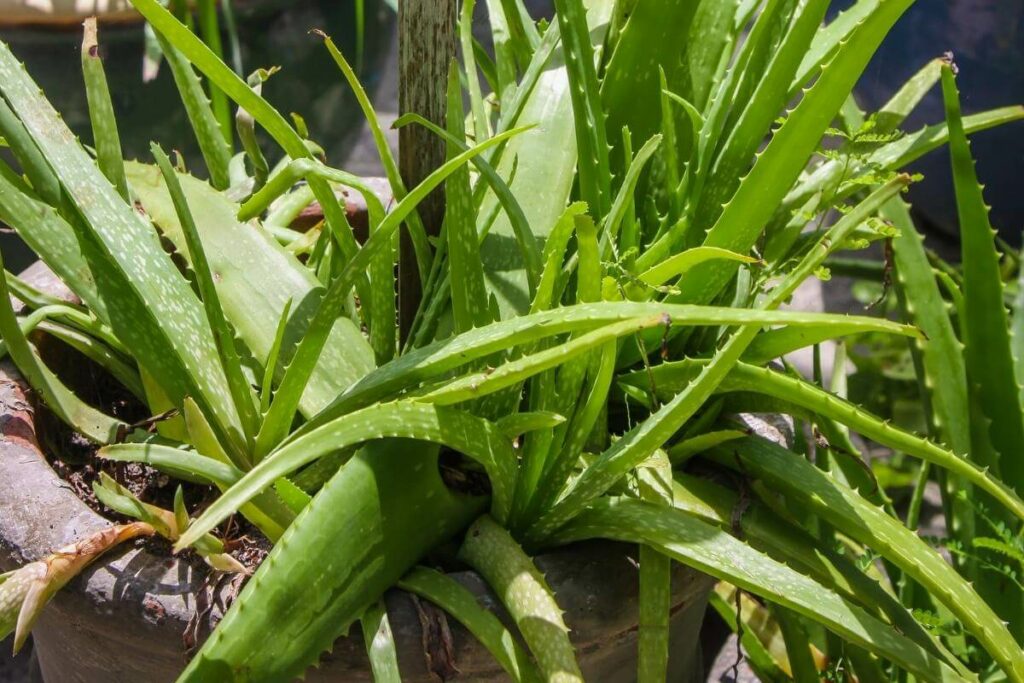
Some succulents like Sedum kamtschaticum and Orostachys sp. may go into a severe dormancy and lose their leaves, others die back to the roots to sprout again in the spring.
Tender succulents will struggle in very cold temperatures and will require frost protection or indoor care.
Keep In Mind – Be mindful of the minimum temperature tolerance of your succulents so that you can protect them from the extended freezing temperatures that can damage them.
Aloe vera is one of the succulents that will grow all year round, despite harsh winter conditions.
Their growth is so sustained and vigorous that they may even benefit from being fed.
In winter, hold back on the water
During winter dormancy a succulent really isn’t doing to need any water as it is not seeking to grow.
A dormant succulent will not take up the water and can easily become waterlogged and rot.
However, indoor succulents might not actually enter dormancy, because conditions are good.
These plants will certainly appreciate damp soil if you turn up the furnace by a few degrees.
Don’t transplant a dormant succulent
If you are considering re-potting or transplanting a succulent, this needs to be done after the dormancy period.
This is because the succulent is not growing and will not establish itself in its new container. They can develop root shock, rot and die.
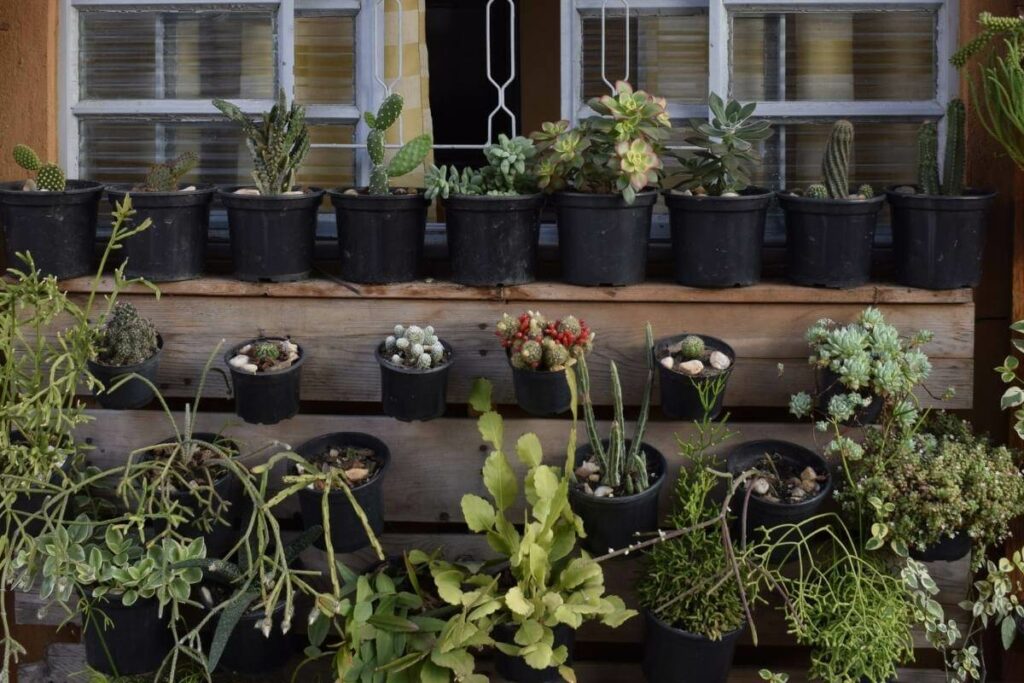
Always hold off re-potting or transplanting until the succulent resumes consistent growth and can get up and running quickly in their new home.
Dormant succulents are a poor pick for propagation
Again, dormant succulent leaves that you select for propagation are not in a growth phase, so the results you will achieve with them will be poor.
Spring or fall are usually the best times to propagate succulents as they have enough time to establish themselves ahead of winter.
Rounding up
Dormancy is an aspect of the growth cycle of succulent plants and should be considered if your succulent stops growing in the colder months.
In reality, winter dormancy in succulents is only going to be an issue for your succulents that are braving the worst of the winter outside.
Winter care of a dormant succulent is similar to the steps you take to protect other plants during the cold months, with extra care taken to avoid waterlogging.


